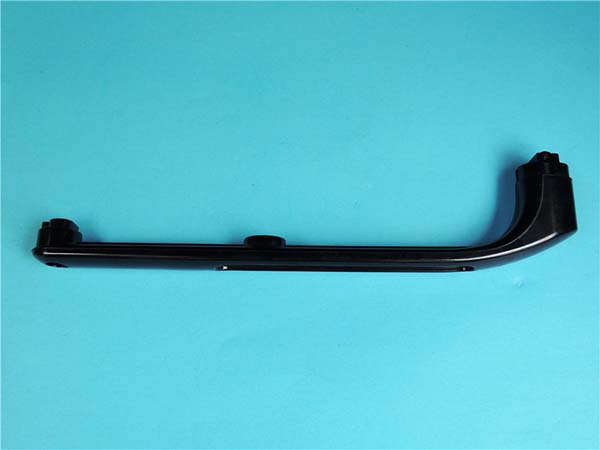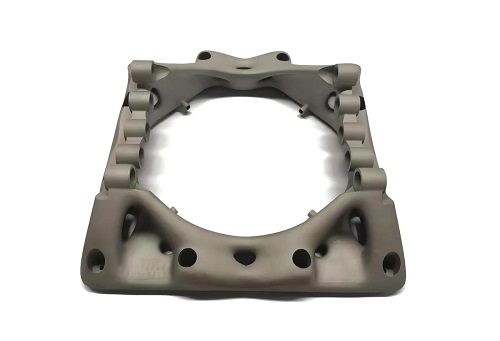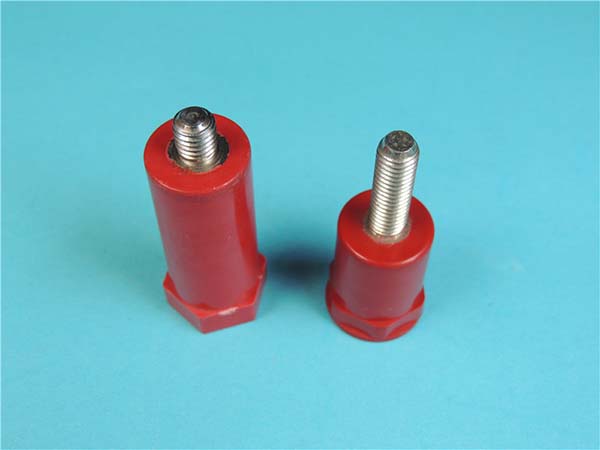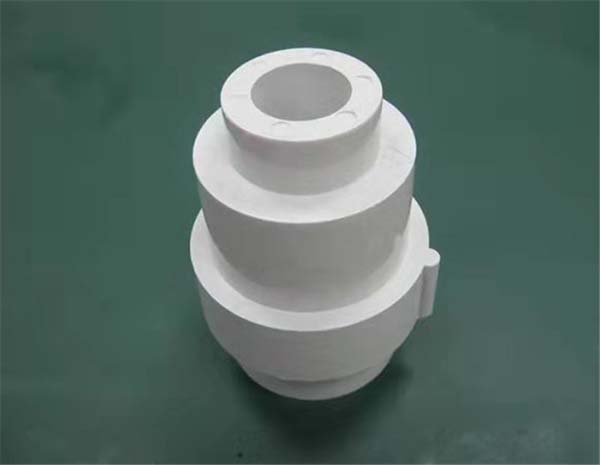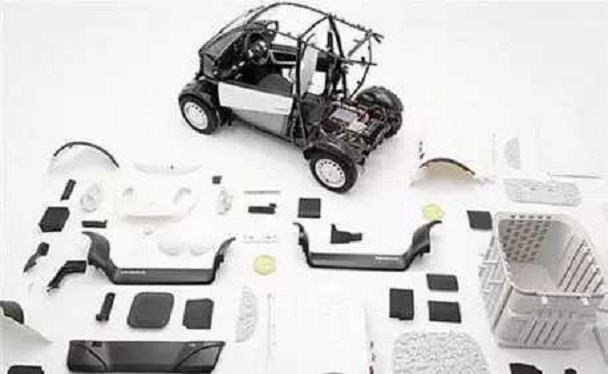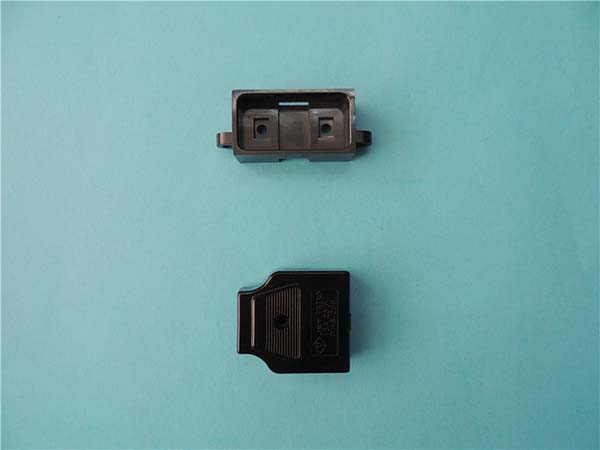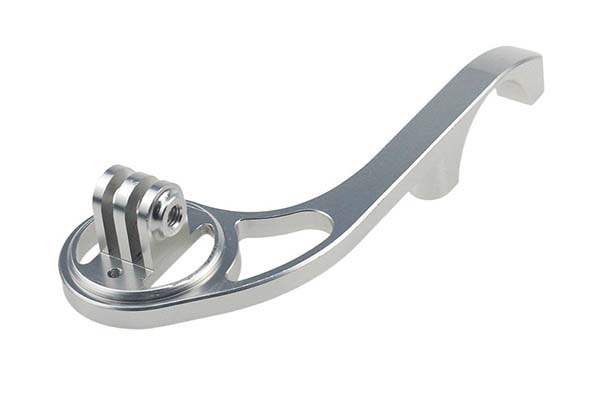What is Directed Energy Deposition 3D Printing?
Definition
Directed Energy Deposition (DED) 3D printing, as a significant subset of additive manufacturing technologies, is revolutionizing the manufacturing industry. According to the ISO/ASTM 52900:2021 standard, it is defined as "an additive - manufacturing process in which focused thermal energy is used to fuse materials by melting as they are being deposited." In simpler terms, DED 3D printing is a method that builds three - dimensional objects layer by layer by melting and depositing materials, usually metal powders or wire, under the action of a high - energy source. It stands out among various 3D printing techniques for its unique capabilities and applications.
Working Principle
The working principle of DED 3D printing involves several key steps. First, a high - power laser or electron beam is used as the energy source. This energy source is precisely focused on a substrate or an already - formed layer of the part.
Simultaneously, metal materials in the form of powder or wire are delivered to the focal point of the energy beam. For powder - based DED, a powder delivery system, which can be co - axial or off - axis, blows the metal powder towards the area where the energy beam is concentrated. When the metal powder reaches this area, the high - energy laser or electron beam melts the powder instantaneously. The molten powder then fuses with the underlying layer or substrate, solidifying quickly to form a new layer of the part.
In the case of wire - based DED, a wire feeder feeds the metal wire into the high - energy beam zone. The beam melts the wire, and the molten metal is deposited layer by layer to build the 3D structure. The process is repeated layer by layer, with each layer being precisely controlled in terms of its thickness and shape according to the digital 3D model. For example, in the manufacturing of a complex aerospace component, the DED 3D printer can deposit materials in a specific pattern layer by layer, accurately following the design blueprint to create internal channels, complex geometries, and high - strength structures that are difficult to achieve through traditional manufacturing methods.
Applications of Directed Energy Deposition 3D Printing
Aerospace
In the aerospace industry, Directed Energy Deposition 3D printing has found extensive applications. Manufacturing large - scale components is one of its key uses. For example, large - scale engine brackets can be directly printed using DED technology. This not only reduces the weight of the components by optimizing the internal structure but also shortens the manufacturing lead - time. Traditional manufacturing methods often require complex forging and machining processes, which are time - consuming and costly. With DED 3D printing, the design flexibility allows for the creation of lattice - like internal structures that maintain strength while minimizing weight.
Component repair is another significant application. In - service aerospace components such as turbine blades are often subject to high - temperature and high - stress environments, leading to wear and damage. DED 3D printing can be used to repair these damaged parts. For instance, the General Electric (GE) LEAP engine, which powers many modern commercial aircraft, has components that can be repaired using DED technology. By precisely depositing metal materials on the damaged areas, the performance of the components can be restored, significantly reducing the cost of component replacement. According to industry reports, the use of DED 3D printing for aerospace component repair can save up to 50% of the cost compared to replacing the entire component.
Military
In the military field, DED 3D printing plays a crucial role in manufacturing special weapon components. For example, in the production of missile components, DED technology can create complex - shaped parts with high precision. These components often have unique requirements such as high strength - to - weight ratios and resistance to extreme environments. The US military has been exploring the use of DED 3D printing for manufacturing parts of the Joint Strike Fighter (JSF). The ability to print components on - demand in the field also enhances the military's logistics and maintenance capabilities.
Moreover, rapid prototyping for new weapon designs is made possible with DED 3D printing. Military R&D teams can quickly produce prototypes of new weapon components, test them, and make improvements. This significantly accelerates the development cycle of new weapons. For example, in the development of new - generation artillery shells, DED 3D printing can be used to rapidly prototype the shell bodies with different internal structures to optimize the performance of the shells, such as improving the range and accuracy.
Gas Turbine and Blade Repair
Gas turbines are widely used in power generation and industrial applications. The blades of gas turbines are prone to damage due to high - temperature gas erosion and mechanical stress. DED 3D printing offers an effective solution for blade repair.
Before repair, damaged gas turbine blades may have significant wear, cracks, or material loss, as shown in Figure 1 (Here, you can insert a real - life picture of a damaged blade). These damages can reduce the efficiency of the gas turbine and even lead to equipment failure.
After DED 3D printing repair, as shown in Figure 2 (Insert a picture of the repaired blade), the damaged areas are filled with high - quality metal materials. The repaired blades can regain their original geometric shape and mechanical properties. A study by a leading energy research institution found that blades repaired by DED 3D printing can achieve up to 90% of the performance of new blades in terms of fatigue resistance and high - temperature strength. This not only extends the service life of gas turbines but also reduces the downtime and maintenance costs of power generation equipment.
Comparison with Other 3D Printing Technologies
vs Powder Bed Fusion (PBF)
Directed Energy Deposition (DED) 3D printing and Powder Bed Fusion (PBF) are two significant additive - manufacturing processes, each with its own set of characteristics. Here is a detailed comparison:
| Comparison Items | Directed Energy Deposition (DED) | Powder Bed Fusion (PBF) |
| Market Share | Currently, DED holds a relatively smaller market share compared to PBF, especially in the metal 3D printing market. However, its market share is growing steadily, especially in applications where large - scale and on - site manufacturing is required. | PBF has a larger market share in the 3D printing industry, especially in high - precision small - scale manufacturing and industries with strict requirements for part density, such as aerospace and medical implants. |
| Printing Efficiency | High deposition rates, which can be several grams per minute or even higher, making it suitable for large - scale parts manufacturing. For example, in the production of large - scale metal components for the energy industry, DED can deposit materials quickly to form the basic structure. | Lower deposition rates compared to DED. The powder spreading and melting process in PBF are relatively time - consuming, and it is more suitable for small and complex parts where high precision is required. |
| Finished Product Precision | Lower precision compared to PBF. The layer thickness in DED is usually relatively large, generally in the range of 0.1 - 1 mm, resulting in a relatively rough surface finish and larger dimensional tolerances. | Higher precision. PBF can achieve layer thicknesses as low as 20 - 100 μm, enabling the production of parts with high - dimensional accuracy and smooth surface finishes, which is crucial for applications like dental implants. |
| Material Utilization | High material utilization as the material is only deposited where needed. Excess powder can be recycled easily, and there is little waste during the printing process. | Lower material utilization in some cases. Although some powder can be recycled, there is often a certain amount of powder that cannot be reused due to oxidation or contamination during the printing process. |
vs Selective Laser Melting (SLM)
Selective Laser Melting (SLM) is a popular powder - bed - based 3D printing technology, and here are the differences between it and DED:
- Design Freedom:
- DED: Offers high design freedom, especially for large - scale and complex - shaped structures. It can build overhangs and complex geometries without significant limitations, but the surface finish may not be as smooth as SLM for very fine details. For instance, when creating a large - scale turbine component with internal cooling channels, DED can deposit materials to form the channels directly.
- SLM: Provides extreme design freedom, capable of creating highly intricate and complex geometries with fine details. It can achieve complex lattice structures and internal features with high precision, which is ideal for applications like lightweight aerospace components.
- Processing Time:
- DED: Generally has a shorter processing time for large - scale components due to its high deposition rate. For a large - scale metal mold with a volume of 1000 cm³, DED can complete the printing in about 10 - 20 hours.
- SLM: Has a longer processing time, especially for large - scale parts, because it needs to scan and melt the powder layer by layer. The same 1000 - cm³ metal mold might take 30 - 50 hours to print using SLM.
- Support Structure Requirements:
- DED: Requires fewer support structures in many cases, especially when building large - scale and self - supporting structures. Since the material is deposited directly, overhangs can often be built without extensive support, reducing post - processing time.
- SLM: Usually requires more support structures, especially for complex geometries and overhangs. These support structures are necessary to prevent the collapse of the printed part during the melting and solidification process of the powder, and removing them can be a time - consuming post - processing step.
Yigu Technology's Viewpoint
As a non - standard plastic and metal products custom supplier, Yigu Technology sees great potential in Directed Energy Deposition 3D printing, especially in industries like military and aerospace. This technology allows for the production of complex - shaped components with high precision, which is crucial for these high - end applications.
Our company's DED 3D printing equipment has several advantages. It can handle a wide range of materials, including various metal alloys, enabling us to meet different customer requirements. The high - energy laser source in our equipment ensures efficient melting and deposition of materials, resulting in high - quality printed parts. We have also made significant progress in process optimization. Through continuous R & D, we have improved the stability and accuracy of the DED 3D printing process, reducing the occurrence of defects in printed parts. This not only improves production efficiency but also ensures the quality and performance of the final products, making us more competitive in the market.
